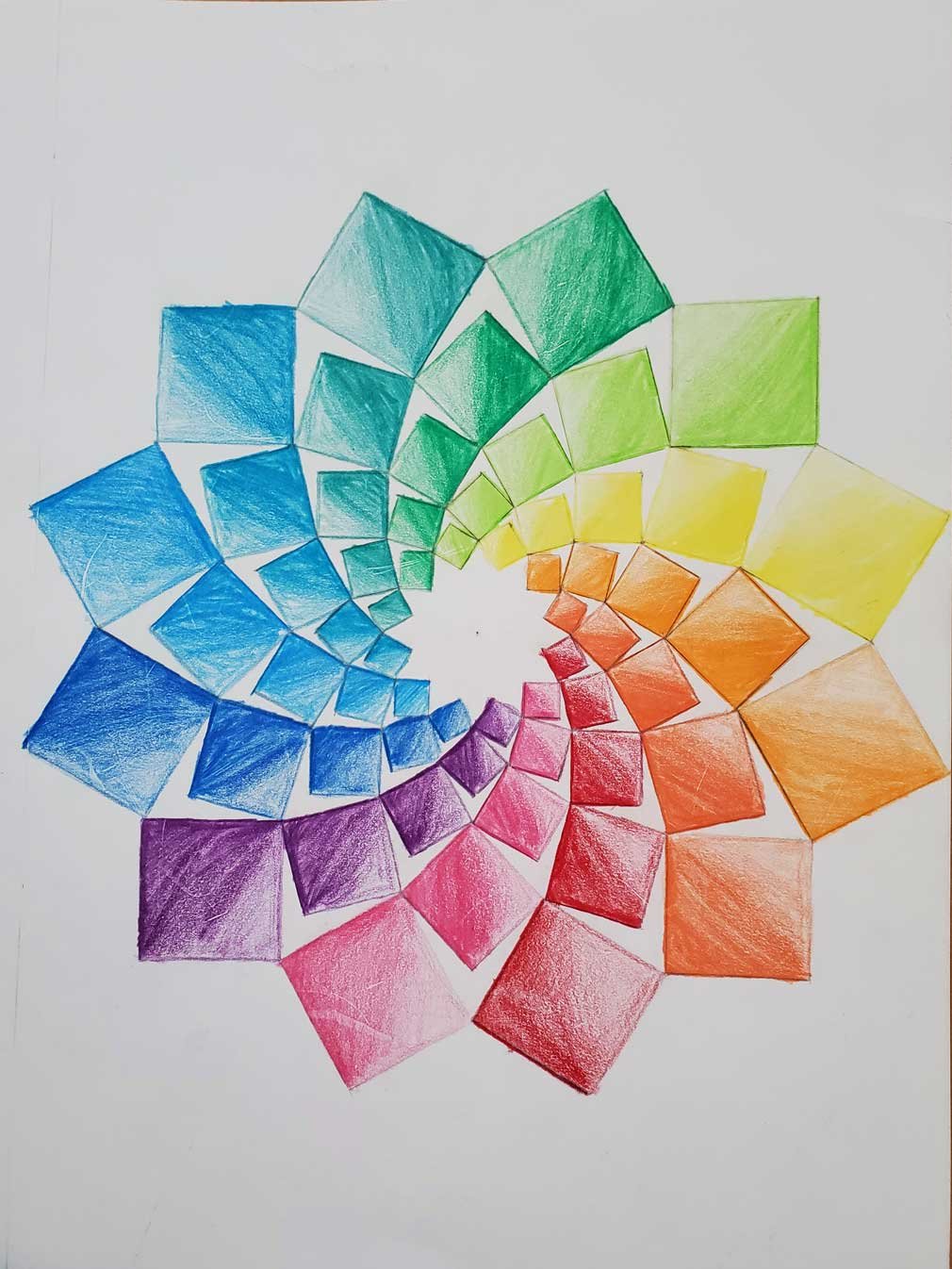Frequently Asked Questions and Misconceptions
Many people have questions or misconceptions about Steiner education. Here are some common ones:
Misconception #1 Children in Steiner schools start reading too late.
Reality: Steiner schools prioritise oral language, storytelling, and phonics foundations before formal reading instruction. This approach, used in leading education systems like Finland and Singapore, fosters a deep love of language. A knowledge-rich curriculum further supports comprehension, helping students develop strong reading skills. By Class Four, Steiner students typically read at the same level as their peers but with greater enthusiasm and understanding.
Misconception #2: Steiner schools lack structure and discipline.
Reality: Steiner classrooms follow a strong rhythm and routine, with lessons structured around age-appropriate developmental stages. There is a balance between explicit instruction, creative learning, and practical activities, ensuring children feel secure, focused, and ready to learn.
Misconception #3: Steiner schools reject technology completely.
Reality: Steiner education introduces technology gradually, prioritizing hands-on, real-world learning in early years. Screens are introduced in Class Six, ensuring students develop digital literacy in a mindful, balanced way rather than becoming dependent on screens too early.
Misconception #4: Steiner schools only suit artistic or "alternative" families.
Reality: At Ballarat Steiner School we attract a diverse community—from dual-income professionals and farmers, to small business owners and stay-at-home parents, educators, medical professionals, board directors, accountants and artists — all united by the same goal: raising well-rounded, self-confident content children.
Steiner education is holistic, supporting academic, social, and emotional development. Graduates pursue careers in science, business, medicine, the arts and more, benefiting from their strong problem-solving, critical-thinking, and communication skills.
Misconception #5: Steiner schools don’t cover traditional academics.
Reality: Steiner schools teach all core subjects, including math, science, literacy, and history, but through engaging, multi-sensory methods that enhance comprehension and retention. Academic achievement is strong, with a focus on deep, meaningful learning rather than rote memorisation.
Misconception #6: Steiner-educated children struggle to transition to mainstream high schools.
Reality: At Ballarat Steiner School, we place a strong focus on preparing students for a smooth transition to high school. Our graduates move on to schools such as Ballarat Grammar, Damascus College, Loreto College, Mount Clear College – SEAL Program, Phoenix P-12 Community College, and St Patrick’s College.
With their strong problem-solving skills, independence, and love of learning, Steiner students adapt well and often stand out for their critical thinking and confidence. We are always pleased to hear how much our alumni value their primary years at Ballarat Steiner and how well it has prepared them for high school and beyond.
